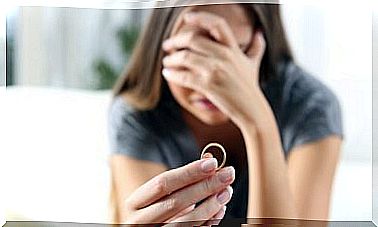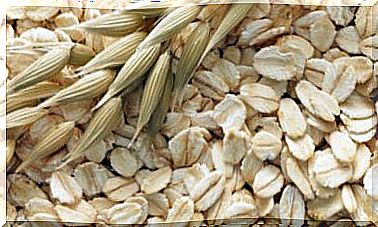How To Avoid And Treat Bedsores
It is essential to change posture frequently for those patients who may be susceptible to developing bedsores by staying a long time in the same position
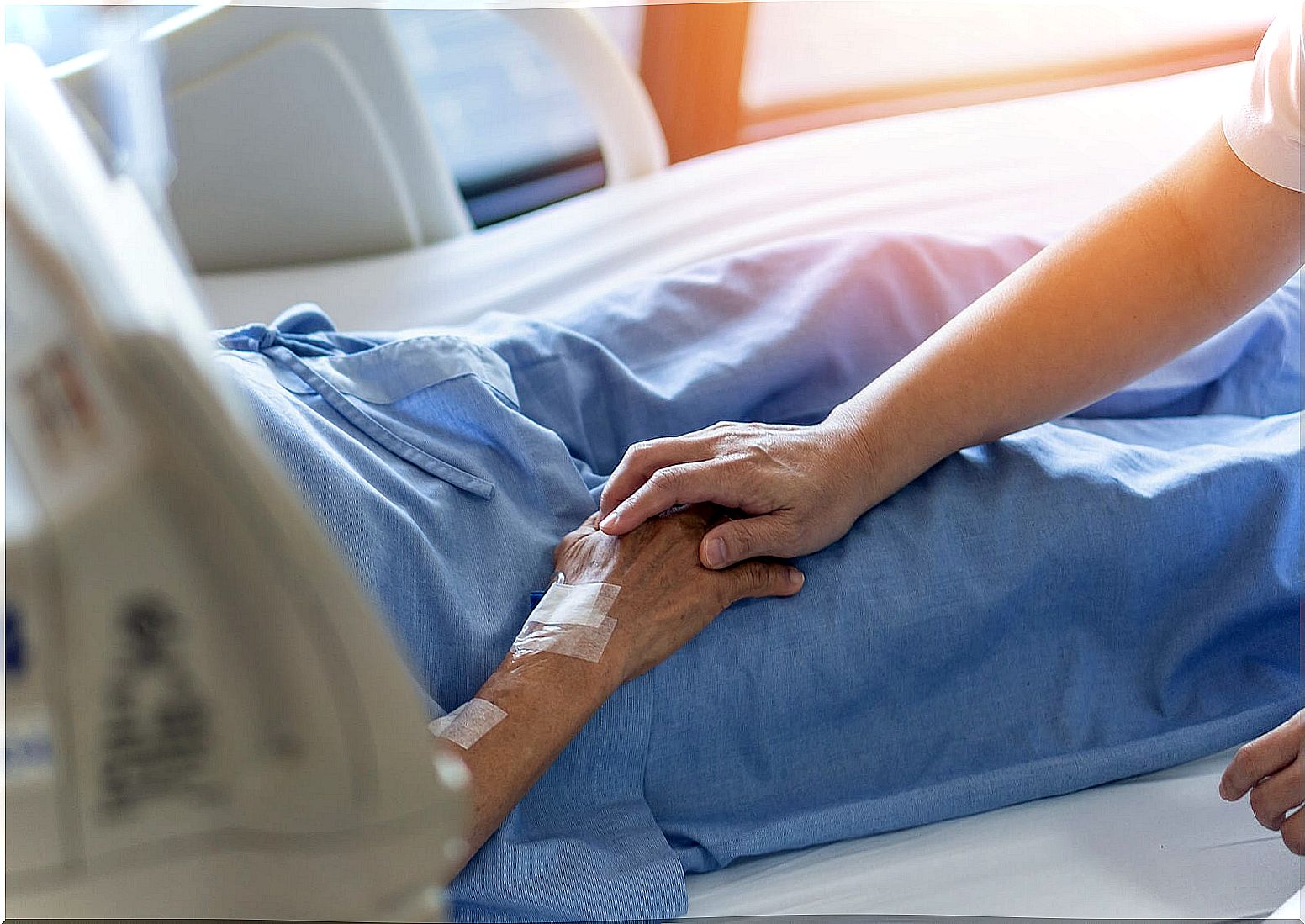
Bedsores are common when a person is lying down or lying down due to illness or age. Thus, the skin is subjected to a lot of pressure and in certain areas redness may appear first, then a blister and later a sore or ulcer.
So that this does not happen or can be treated, we recommend that you read the following article.
What are bedsores?
Those patients who must maintain rest for long periods usually suffer the appearance of bedsores. They are also known as “pressure ulcers”, “decubitus ulcers” and bedsores in English. These wounds can be very painful and increase people’s inability to move.
Bedsores are caused by the pressure exerted by the bones against the mattress or cushion. In the middle is the skin, which is left without blood supply and produces necrosis. They can also be due to the humidity of an area when the person suffers from urinary incontinence. Maceration of the sacrum and the pressure of lying down is not a good combination.
These sores are classified according to the number of layers of skin they affect. They range from simple redness to bone involvement. In addition, bedsores can cause infection and a lot of suffering since they become worse if the person does not change position.
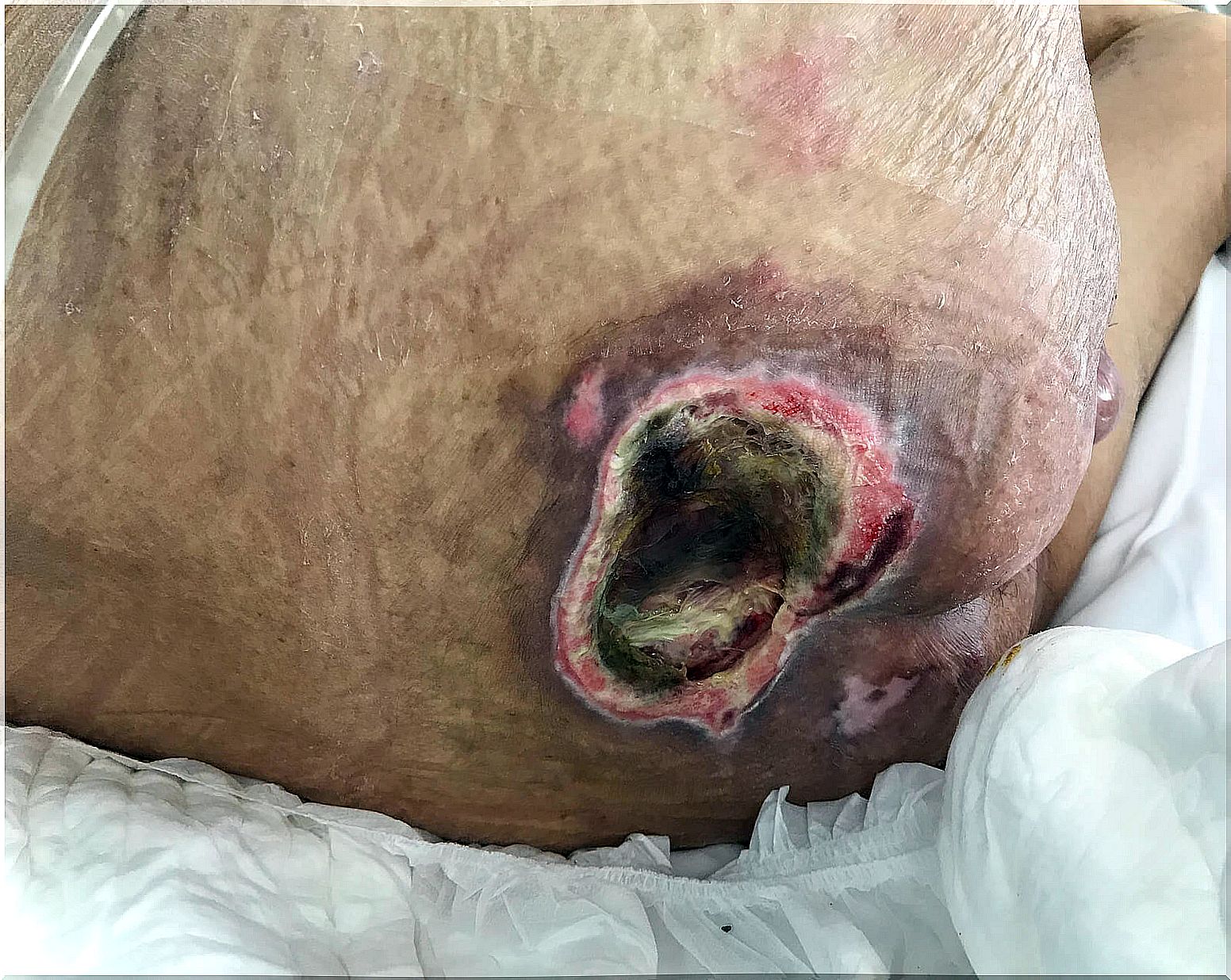
Some of the risk factors that can increase bedsore formation include the following:
- Advanced age.
- Total immobility.
- Malnutrition or dehydration.
- Use of sedative medications.
- Slow healing diseases.
- Mental disorders (dementia, Alzheimer’s disease).
- Urinary incontinence or lack of control of the excretory system.
How to prevent bedsores?
This problem is very common in older patients. Thus, both nurses and caregivers and family members must be vigilant to avoid its appearance and development.
Some tips to prevent bedsores are as follows.
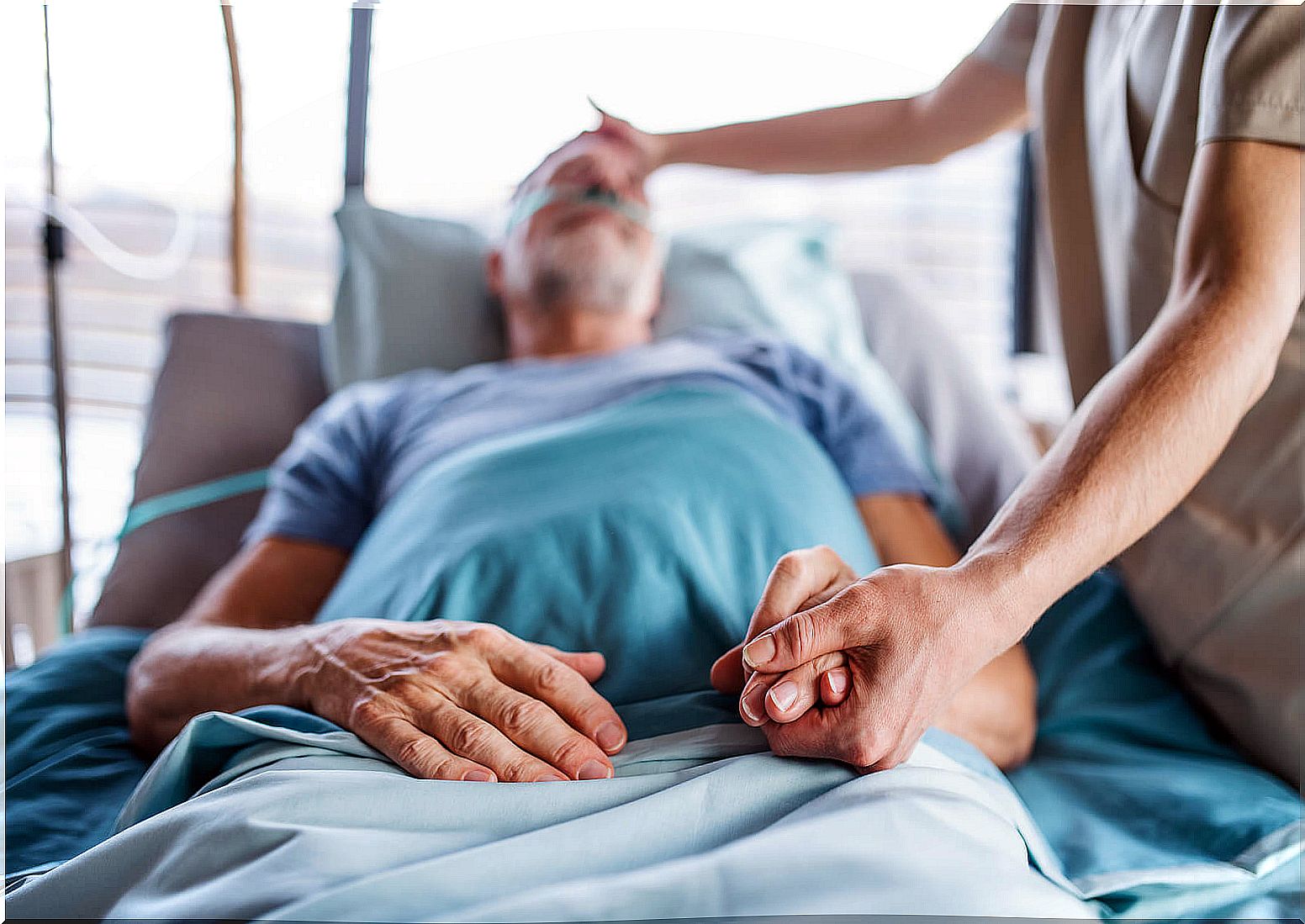
1. Change posture every 2 or 3 hours
Depending on the possibilities of the patient, it is necessary to rotate it on its side, so that the blood circulates and, at the same time, that the skin is not always pressed in the same place. For example, you can use back cushions and tilt it to the right or left.
2. Inspect vulnerable areas
There are sectors of the body where bedsores are more common: heels, hips, sacrum, knees, ears and shoulders. When there is redness, it should be treated immediately to prevent the sore from appearing.
3. Maintain body hygiene
Although the person is always lying down, they perspire and get dirty. Thus, a complete toilet or daily shower is essential to reduce the risk of bedsores.
- You should always use neutral soap and do not rub.
- Drying is also important, as moisture accelerates the redness process.
4. Reduce pressure points
By using cushions or special elements, it is possible to avoid those areas of the skin that put pressure on the mattress, sofa or wheelchair. These supplies can be found at rehab or nursing home stores.
For example, when the legs are pressed together, a pillow can be placed between the knees. There are pads and other elements that can be used in these cases.
5. Feed and hydrate the patient well
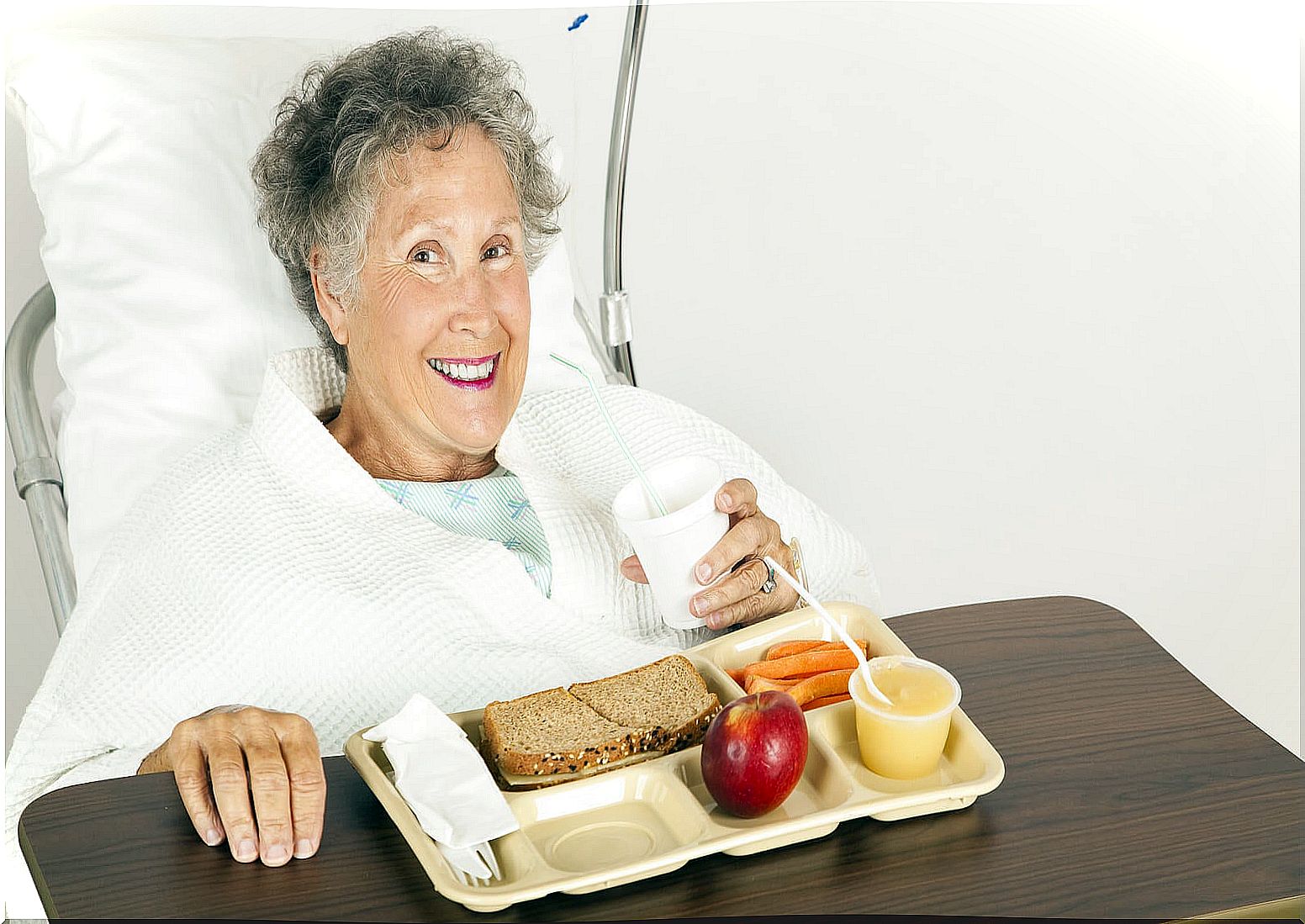
A balanced diet according to the needs of the person is essential to improve their health and have all the nutrients they need. In addition to water, infusions or soups, gelatin is recommended to increase fluid intake.
6. Avoid pressure from the heels
A cushion can be placed on the calves so that the feet are “hanging”. Keep in mind, though, that sheets and blankets shouldn’t pinch your fingers. To do this, leave the bedding as loose as possible.
7. Massage
Two or three times a day it is very important to perform massages to increase circulation and prevent the muscles from becoming numb. The use of special lotions or creams is recommended.
Never massage the bony prominences, as they can put more pressure on the thin layer of skin that surrounds them.
8. Change clothes and sheets
Check that the clothes worn by the patient are appropriate.
- They may not be too tight, but not too loose either. In the first case, it does not allow the skin to “breathe” and, in the second, it can roll up and exert more pressure in certain areas.
- Clothing should not have buttons, zippers, or heavy seams.
- In the case of sheets, it is very important to change them periodically, especially to avoid moisture and dirt.
9. Exercise
If the patient cannot move on his own, the person in charge should help him to exercise the legs, arms, neck, etc. These mobilizations improve circulation and reduce the time of pressure against the bed.
Natural remedies to treat mild bedsores
Only in mild cases can bedsores be relieved with some home remedies. In addition, it is best to consult a specialist to recommend the best way to apply it or apply it himself. Some that can be useful are the following.
1. Aloe vera
We can get it in cream or directly cut the stem horizontally (and then remove the inner gel). Aloe vera cools the skin, increases blood flow, prevents infection, and provides instant relief.
2. Milk of magnesia
It is available in naturopathic homes and serves to reduce redness and swelling. It should be applied with a cotton ball three times a day.
3. Honey
Due to its antibacterial properties, it helps when the sore has recently formed. In addition, it moisturizes the skin. Apply a little honey and then cover with a bandage.
Bedsores are painful, but luckily they can be prevented. That is why it is so important to take the necessary measures and maintain good communication with the doctor.







